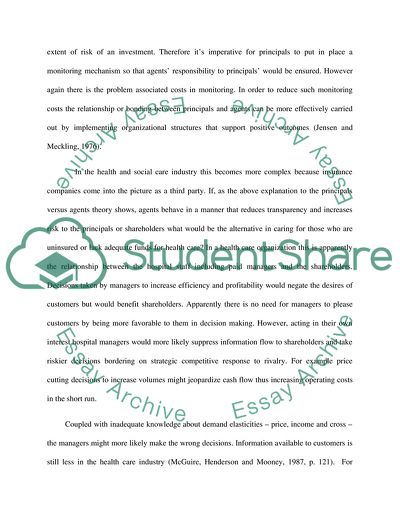Cite this document
(Decision Making in Health and Social Care Case Study, n.d.)
Decision Making in Health and Social Care Case Study. https://studentshare.org/social-science/1721598-economics-in-health-title-is-attached
Decision Making in Health and Social Care Case Study. https://studentshare.org/social-science/1721598-economics-in-health-title-is-attached
(Decision Making in Health and Social Care Case Study)
Decision Making in Health and Social Care Case Study. https://studentshare.org/social-science/1721598-economics-in-health-title-is-attached.
Decision Making in Health and Social Care Case Study. https://studentshare.org/social-science/1721598-economics-in-health-title-is-attached.
“Decision Making in Health and Social Care Case Study”. https://studentshare.org/social-science/1721598-economics-in-health-title-is-attached.


